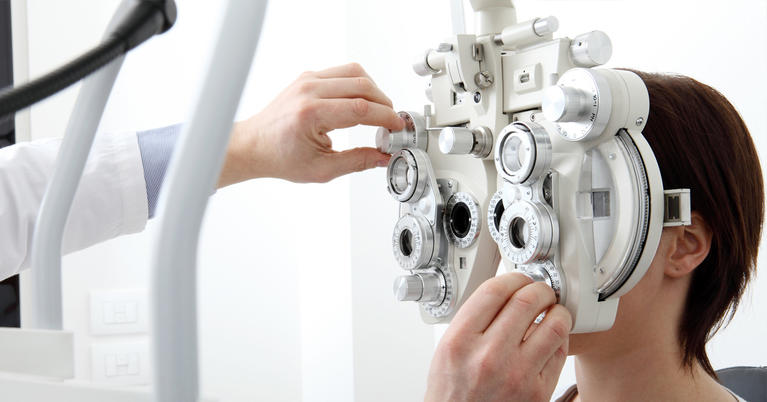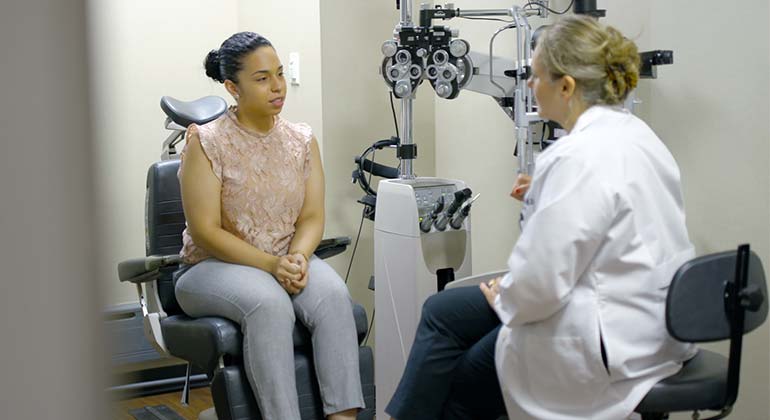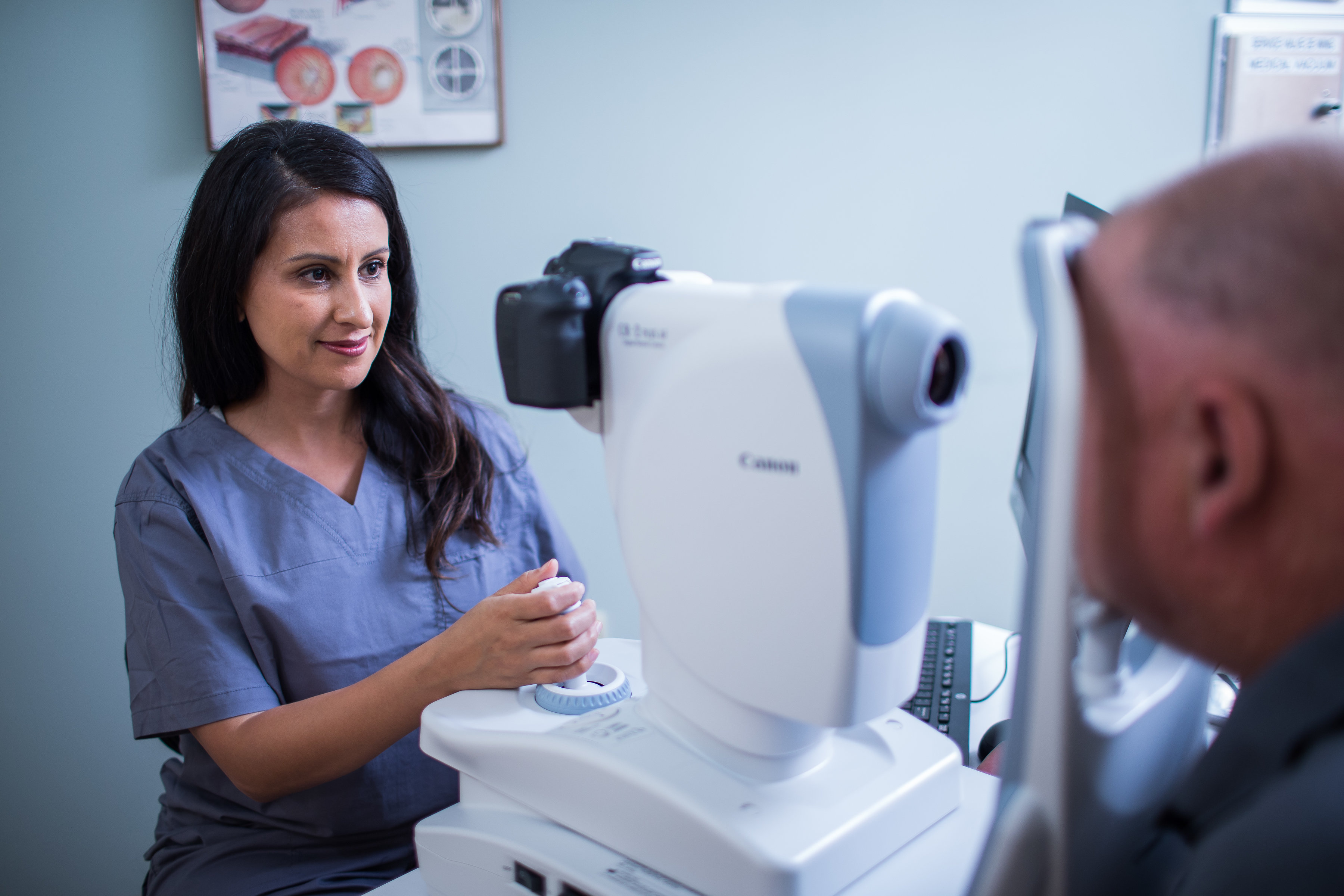The Advantages And Disadvantages of Various Refractive Surgical Treatments for Boosted Eyecare

LASIK Surgical Treatment
LASIK surgery is a commonly performed refractive treatment that aims to fix vision issues such as astigmatism, nearsightedness, and farsightedness. This medical technique has actually gotten popularity because of its effectiveness in providing patients with clearer vision and lowering their reliance on glasses or contact lenses. During the treatment, a slim flap is created on the cornea, and a laser is utilized to reshape the underlying tissue, dealing with the refractive mistake. The flap is then repositioned, enabling for quick recovery and marginal pain for the client.
One of the key benefits of LASIK surgical treatment is the fast improvement in vision experienced by many people. It is essential for people taking into consideration LASIK surgical treatment to undergo a thorough assessment by an eye treatment expert to figure out if they are suitable candidates for the procedure.
PRK Treatment
The PRK procedure, also recognized as Photorefractive Keratectomy, is a type of refractive surgical treatment that intends to correct vision concerns similar to LASIK surgical treatment. Unlike LASIK, which involves developing a flap in the cornea, PRK works on the surface area layer of the cornea. During the PRK treatment, the outer layer of the cornea, called the epithelium, is gotten rid of to allow reshaping of the underlying corneal tissue with an excimer laser. This improving aids to fix refractive errors such as astigmatism, farsightedness, and nearsightedness.
One of the benefits of PRK over LASIK is that it gets rid of the threat of flap-related problems considering that no flap is produced during the surgical treatment. In spite of the longer recuperation duration, PRK can be a suitable choice for people seeking vision improvement surgical procedure.
SMILE Surgical Treatment
A cutting-edge refractive surgical procedure technique obtaining appeal in the field of ophthalmology is SMILE Surgical procedure. Small Laceration Lenticule Extraction (SMILE) is a minimally invasive procedure that deals with vision by improving the cornea utilizing a femtosecond laser. Unlike standard LASIK surgical procedure, SMILE Surgical procedure involves developing a little incision in the cornea to draw out a lenticule, which leads to much less disruption to the corneal structure and possibly quicker recuperation times.
One of the key advantages of SMILE Surgical treatment is its capability to deal with myopia (nearsightedness) and astigmatism with high accuracy, causing exceptional visual outcomes for individuals. The minimally intrusive nature of the treatment likewise decreases the danger of complications such as dry eye disorder, making it a beneficial alternative for individuals looking for refractive surgical treatment.

LASEK Strategy
Having checked out the benefits and factors to consider of SMILE Surgical treatment, another significant refractive surgery technique worth checking out is the LASEK Method. LASEK, which means Laser-Assisted Subepithelial Keratectomy, is a form of laser eye surgical treatment that aims to correct refractive errors such as nearsightedness (nearsightedness), hyperopia (farsightedness), and astigmatism.
Unlike LASIK, LASEK does not include developing a corneal flap. Rather, during a LASEK procedure, the cosmetic surgeon uses a watered down alcohol service to loosen up the slim outer layer of the cornea, recognized as the epithelium. This layer is then delicately relocated aside to allow the laser to reshape the underlying corneal tissue. Once the cornea has actually been reshaped to the preferred level, the epithelial layer is rearranged.
Among the main benefits of LASEK is that it can be suitable for people with slim corneas who may not be excellent prospects for LASIK. Furthermore, LASEK typically Our site results in minimal post-operative pain and a quicker recuperation time compared to PRK. Nonetheless, the aesthetic recuperation procedure with LASEK might be somewhat longer than with LASIK.
Implantable Get In Touch With Lenses
Implantable Contact Lenses provide a long-lasting vision correction solution for individuals official source seeking an option to conventional get in touch with lenses or glasses. These lenses, likewise referred to as phakic intraocular lenses, are surgically put into the eye to fix refractive mistakes such as nearsightedness (nearsightedness), hyperopia (farsightedness), and astigmatism. cardiologist andalusia. Unlike typical call lenses that remain on the surface of the eye, implantable get in touch with lenses function within the eye itself, offering clear vision without the demand for daily maintenance or removal
One of the key advantages of implantable get in touch with lenses is their permanence. Once put, they can remain in the eye indefinitely, using stable and consistent vision adjustment. Additionally, these lenses can be an exceptional alternative for people who are bad candidates for laser eye surgical treatment or who favor a reversible vision adjustment procedure.
Nevertheless, implantable contact lenses do carry some threats, including the capacity for cataracts or raised eye stress. It is crucial for people considering this option to consult with an eye care expert to determine if implantable get in touch with lenses are the ideal option for their certain demands and eye health.
Verdict
In final thought, each type of refractive surgical treatment has its very own benefits and drawbacks. LASIK surgical procedure is popular for its quick recuperation time, while PRK procedure may be suitable for people with slim corneas.

Generally, SMILE Surgical procedure offers an appealing alternative for people looking to enhance their vision through refractive surgical procedure.
Comments on “Neurologist in Andalusia: Leading Specialists and Clinics Detailed”